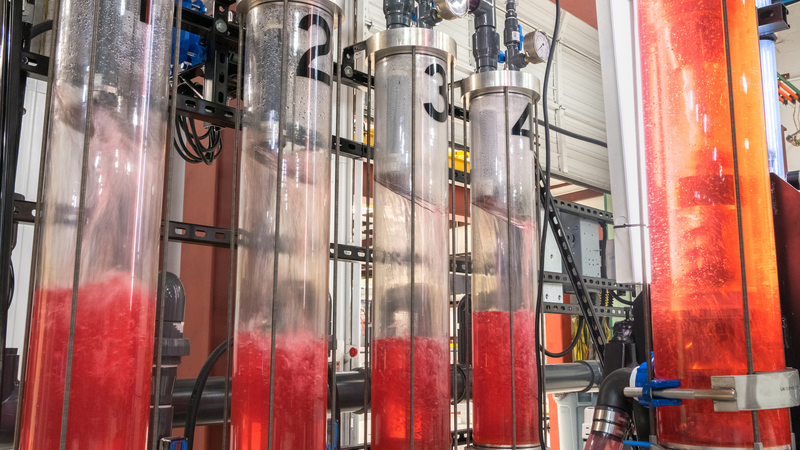
Gas separator technology allows operators to increase production when compared to gas lift
Download PDFUnconventionals

Prolonged low-flow or no-flow conditions due to gas slugging

Texas

Wells that experience extreme gas slugging are difficult to produce with ESPs because there is minimal liquid for the pump to handle during a gas slug
Unconventional Permian Basin wells face several production challenges, including extreme gas slugging. Under these conditions, traditional mechanical gas separators struggle to process and deliver liquid to electric submersible pumps (ESP), leaving some operators to choose gas lift as the initial form of production, delaying higher production rates and payback times.
One operator in the Permian switched from gas lift to ESP and saw a dramatic increase in production. However, prolonged low-flow or no-flow conditions due to gas slugging shortened the system’s run life.
Halliburton has developed innovative technology to address significant gas slugging. The Slugger gas separator incorporates internal reservoirs to maintain optimal processing conditions and maintain a steady liquid supply during gas slug events.
For this particular well, a dedicated team of customer and Halliburton personnel from all functional areas—technical/engineering, quality, reliability, monitoring, design, and field service—collaborated on the project. In addition to overcoming gas slug production challenges, the team addressed multiple surface constraints at the well site.
After over 90 days of operation, production with the Slugger gas separator showed excellent health checks. With the Intelevate™ software platform for remote monitoring and control, surface pressure issues that required constant adjustments to find the optimal production balance were resolved.
Performance was exceptional, and production improved by 73%. The customer is pleased with the results and is considering the Slugger gas separator to eliminate initial gas lift production, reduce payback times, and increase profitability.

The Hydro-Helical® gas separator sets a new industry standard for flow rate, performance, and reliability.

Providing enhanced ESP system optimization and extensive customizable well monitoring to meet all your production needs
